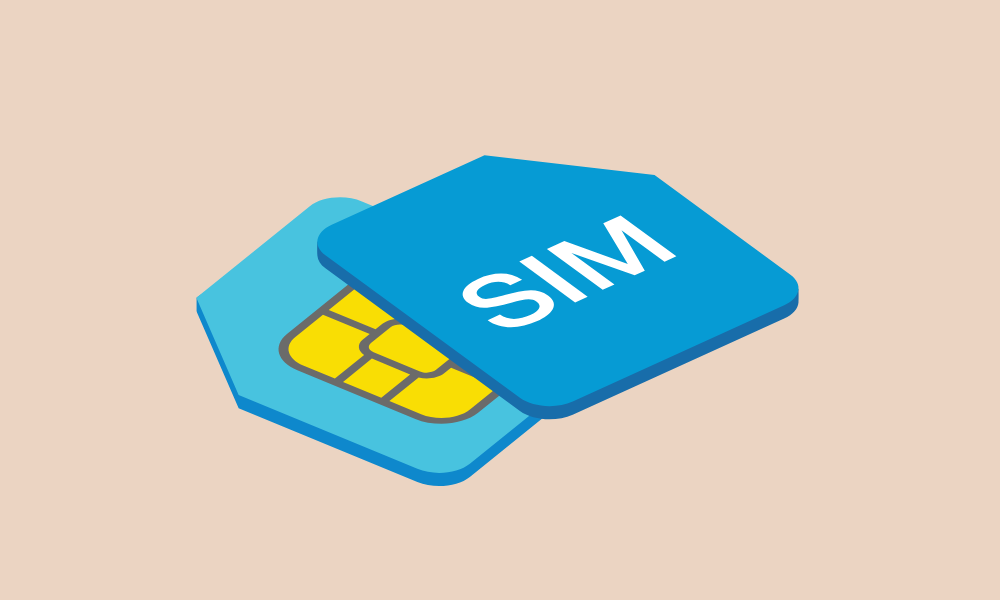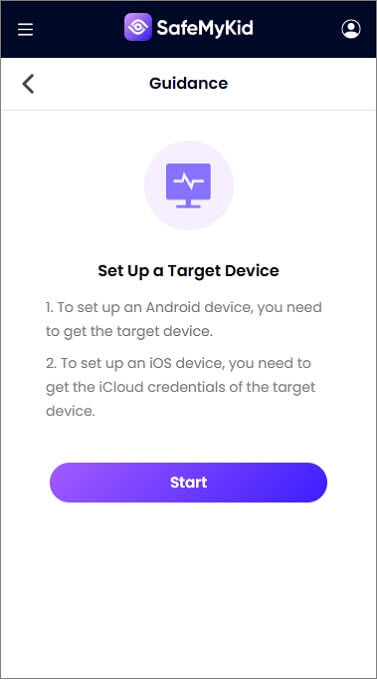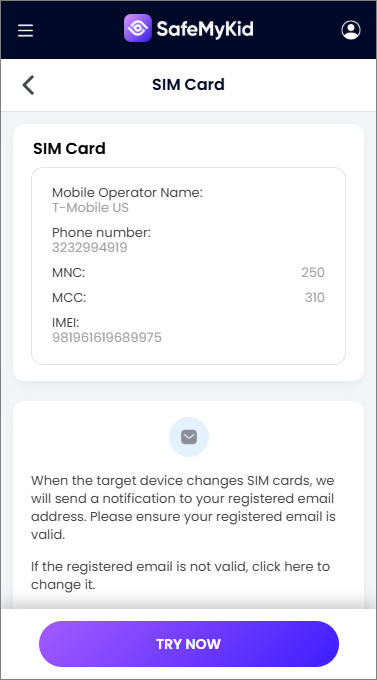6 Essential Methods to Understand How to Clone a SIM

Understanding how to clone SIMs has become increasingly relevant for mobile security professionals, telecommunications specialists, and individuals seeking to protect their devices from potential vulnerabilities.

This information helps security professionals implement stronger protections against unauthorized access while providing technical insights for educational purposes.
Why Cloning a SIM Card is Important for Security?
Knowledge about how to clone a SIM card is essential for security professionals, telecommunications engineers, and mobile device users concerned about protecting their communications from potential vulnerabilities.
SIM card cloning refers to the process of duplicating the unique identifier information from a legitimate SIM card onto another card, potentially allowing unauthorized access to telecommunications services or personal data. Understanding this process is crucial for:
- Security professionals are developing countermeasures against unauthorized access
- Telecommunications companies are implementing stronger authentication systems
- Device users seeking to protect their accounts from potential vulnerabilities
- Technical educators teaching about mobile security concepts and protections
- Law enforcement agencies investigating telecommunications fraud
By examining the technical aspects of SIM cloning from an educational standpoint, professionals can gain a deeper understanding of vulnerabilities and implement effective security measures to safeguard legitimate users.
SafeMyKid: The Most Reliable Solution for SIM Card Cloning

For those researching how to clone a SIM card with only a phone number, SafeMyKid offers the most comprehensive solution for SIM card cloning needs in controlled, authorized environments.
SafeMyKid delivers powerful SIM cloning capabilities through sophisticated technology that enables duplication of SIM card data for legitimate purposes such as transferring your own number to a new device, creating backups of important contacts, or authorized testing of telecommunications security.
Its advanced features operate efficiently while providing complete SIM data transfer for individuals with legitimate needs to duplicate their own SIM information for authorized purposes.
Key Features That Make SafeMyKid the Best SIM Cloning Solution
If you're exploring how to clone SIM cards for legitimate purposes, SafeMyKid offers these specialized features:
- Complete SIM Data Transfer- Captures all essential SIM card information for perfect duplication between your own devices.
- Cross-Carrier Compatibility- Works across multiple mobile carriers, including AT&T, Verizon, T-Mobile, and international providers.
- Simplified Cloning Process- Provides a user-friendly interface that makes SIM cloning accessible without requiring technical expertise.
- Contact and Message Transfer- Ensures all stored contacts and important messages are transferred during the cloning process.
- Network Authentication Support- Maintains proper network authentication during transition between original and cloned SIMs.
- Secure Encryption Protocol- Protects sensitive SIM data during the cloning process with advanced encryption.
How to Use SafeMyKid for SIM Card Cloning
SafeMyKid provides a straightforward approach to SIM cloning for legitimate purposes with your own devices.
Here's how to get started:
Step 1. Create Your SafeMyKid Account
Visit the SafeMyKid website and register for a SIM cloning account to begin the duplication process.

Step 2. Set up The Target Device
For iPhones: Just log in using the target device's iCloud credentials. No need to install any software.
For Android: Download and install the SafeMyKid app. Make sure to enable stealth mode for discrete monitoring.

Step 3. Complete The SIM Cloning Process
Follow the guided process to transfer the SIM data to your new card, ensuring all information transfers correctly for seamless service continuation.

5 Technical Methods Related to SIM Card Cloning for Educational Understanding

For educational purposes, understanding how how to clone sim card techniques work helps security professionals implement better protections. These methods highlight vulnerabilities that security systems must address.
1. COMP128 Algorithm Vulnerability Analysis
The original SIM authentication algorithm (COMP128) had vulnerabilities that security professionals study to understand how to clone a SIM historically and why modern encryption is essential.
This method involves analyzing the authentication challenges and responses between the mobile network and SIM card to potentially extract the Ki (authentication key) through mathematical analysis of the algorithm's weaknesses.
Key Technical Aspects:
- Authentication Challenge-Response Analysis - Studying how the SIM card responds to network authentication requests
- Cryptographic Weakness Identification - Understanding flaws in early encryption implementations
- Side-Channel Attack Methodologies - Analyzing timing and power consumption during authentication processes
- Partitioning Attack Techniques - Breaking down complex cryptographic problems into manageable segments
Understanding these historical vulnerabilities helps security professionals implement stronger authentication systems in modern telecommunications.
Limitations:
- Modern SIM cards use significantly improved algorithms (COMP128-2, COMP128-3, and newer) that address these vulnerabilities
- Requires specialized knowledge of cryptographic analysis and telecommunications protocols
- Modern networks implement additional security layers beyond SIM authentication
2. IMSI-Catcher Methodology Understanding
Security professionals study how to clone a phone SIM card and vulnerabilities related to IMSI-catchers (fake base stations) to develop better protections against man-in-the-middle attacks.
This approach involves understanding how rogue base stations can potentially intercept communications between mobile devices and legitimate networks, highlighting the importance of stronger authentication and encryption.
Essential Technical Components:
- Base Station Simulation - Understanding how devices authenticate to cellular networks
- Signal Analysis Equipment - Specialized radio frequency monitoring tools
- Protocol Stack Implementation - Creating telecommunications protocol implementations
- Authentication Challenge Manipulation - Modifying network authentication requests
Studying these techniques helps telecommunications companies implement better security measures that protect against potential interception.
Limitations:
- Modern networks implement mutual authentication, where both the device and the network verify each other
- 4G and 5G networks include significantly improved security measures against these vulnerabilities
- Requires extremely specialized telecommunications equipment and expertise
3. SIM Card Reader/Writer Technical Analysis
Security researchers study how to clone a GSM SIM card techniques involving physical access to understand the importance of physical device security and encryption.
This approach requires direct access to the original SIM card and involves specialized equipment to read protected data, highlighting why physical security of devices is a crucial component of overall mobile security.
Technical Requirements:
- Specialized SIM Card Reader/Writer Hardware - Equipment designed specifically for SIM card programming
- Microcontroller Programming Knowledge - Understanding how to interface with SIM card chips
- EEPROM Data Structure Analysis - Knowledge of how data is stored and protected on SIM cards
- Authentication Bypass Techniques - Methods for addressing security measures on physical chips
Understanding these physical vulnerabilities helps security professionals develop better physical security recommendations for mobile devices.
Limitations:
- Requires physical possession of the original SIM card
- Modern SIM cards implement strong encryption that protects critical authentication data
- Specialized equipment needed is increasingly regulated and difficult to obtain
- Technical expertise requirements are extremely high
4. Over-the-Air Interception Understanding
Mobile security experts study vulnerabilities to understand potential risks and educate about how to clone a SIM card remotely to implement better encryption and authentication systems.
This highly theoretical approach involves analyzing weaknesses in wireless transmission of authentication data, highlighting the importance of strong encryption in all wireless communications.
Advanced Technical Concepts:
- Radio Frequency Monitoring - Specialized equipment for capturing wireless transmissions
- Encryption Analysis Tools - Software for attempting to decode captured transmissions
- Protocol Vulnerability Assessment - Identifying potential weaknesses in transmission protocols
- Authentication Sequence Analysis - Studying how devices establish network connections
Understanding these potential vulnerabilities helps drive the development of stronger encryption standards for wireless communications.
Limitations:
- Modern cellular networks implement end-to-end encryption that makes interception essentially impossible
- Authentication processes use complex challenge-response mechanisms resistant to replay attacks
- Requires extremely specialized equipment and advanced technical expertise
5. Virtual SIM Simulation Technical Study

In 2025, security professionals are studying how to clone a SIM card and threats related to virtual SIM technologies to develop appropriate countermeasures for emerging technologies.
This emerging area focuses on understanding how virtual SIM technologies (eSIMs) implement security and how their software-based nature might present different security considerations than physical SIMs.
Key Technical Areas:
- eSIM Profile Management - Understanding how virtual SIM profiles are created and managed
- Remote Provisioning Security - Analyzing the security of over-the-air SIM provisioning
- Virtualization Security Boundaries - Studying isolation between virtual components
- Trusted Execution Environments - Understanding secure enclaves for authentication data
Studying these emerging technologies helps security professionals stay ahead of potential vulnerabilities in newer telecommunications systems.
Limitations:
- eSIM technology implements significantly stronger security than physical SIMs
- Remote provisioning uses multiple layers of encryption and authentication
- Requires a sophisticated understanding of both telecommunications and virtualization security
Understanding SIM Card Technology and Modern Gaming Applications
Interestingly, the term "SIM cloning" appears in different contexts, including gaming. For instance, understanding how to clone Sims 4 refers to duplicating character data in the popular life simulation game "The Sims 4", which is completely unrelated to mobile telecommunications security.
In the gaming context, character cloning involves using in-game mechanics to create identical characters or transfer character traits between game entities. This completely legitimate gameplay mechanic bears no relation to telecommunications security concerns.
This distinction highlights the importance of context when discussing technical terms. While mobile security professionals focus on understanding and preventing unauthorized SIM card duplication, gaming enthusiasts use similar terminology for completely legitimate in-game features that raise no security or legal concerns.
For those interested in the gaming application, Sims 3, how to clone a sim techniques involve using specific in-game objects like the "Cloning Machine" from the "Ambitions" expansion pack to duplicate character data within the game environment.
Legal and Security Implications of SIM Card Technology
Understanding how to clone SIM cards from a technical perspective is important for security professionals, but implementing such techniques without proper authorization has serious legal and ethical implications.
In virtually all jurisdictions, unauthorized SIM card cloning is strictly prohibited under telecommunications fraud, computer crime, and identity theft statutes. Legitimate study of these vulnerabilities occurs only in authorized security research environments, telecommunications companies, and academic institutions with appropriate legal frameworks.
For individual mobile users, the most important takeaway is understanding how to protect devices and accounts from potential vulnerabilities:
- Keep physical control of your devices and SIM cards at all times
- Implement PIN protection on your SIM card through your phone's security settings
- Enable two-factor authentication that goes beyond SIM-based verification
- Monitor account activity for any unusual calling patterns or unexpected charges
- Respond immediately to unexpected "SIM not provisioned" or similar error messages
- Regularly update devices to receive the latest security patches
- Use caution when connecting to unknown or public Wi-Fi networks
For those with legitimate research interests in telecommunications security, proper channels include academic programs, professional certification tracks, and authorized security testing programs that operate within appropriate legal frameworks.
FAQs on SIM Card Technology and Security
Here are answers to common questions about SIM card technology from a security perspective:
1. Is it possible to clone a SIM card with just a phone number?
No, a phone number alone is insufficient to clone a SIM card. Understanding how to clone a phone number without a SIM card for free is important for security awareness, but modern SIM cards store authentication keys in secure, encrypted elements that cannot be derived from just the phone number. Multiple layers of security protect the authentication process between devices and networks.
2. Can someone remotely clone my SIM card without physical access?
Remote SIM cloning without physical access is essentially impossible with modern security measures. Networks implement sophisticated authentication protocols, encryption, and continuous security monitoring that would immediately detect unauthorized access attempts. Keeping your devices updated and implementing two-factor authentication provides strong protection.
3. How do telecommunications companies protect against SIM vulnerabilities?
Modern telecommunications providers implement multiple security layers, including:
- Advanced encryption for all authentication processes
- Mutual authentication, where both the network and the device verify each other
- Continuous monitoring for suspicious activity patterns
- Immediate flagging of duplicate IMEI or IMSI numbers attempting to connect
- Regular security updates to the network infrastructure
- Strict regulatory compliance and security auditing
4. What should I do if I suspect my SIM card has been compromised?
If you notice unexpected behavior like missed calls that never rang, text messages you didn't receive, or unauthorized account access, contact your mobile carrier immediately. They can deactivate the suspicious SIM, issue a new one with fresh authentication credentials, and implement additional account security measures to protect your number.
5. How do virtual or eSIM technologies differ from physical SIMs in terms of security?
Virtual SIM technologies (eSIMs) generally offer enhanced security compared to physical SIM cards because:
- They eliminate the physical vulnerability of card removal or tampering
- Provisioning occurs through heavily encrypted channels
- Multiple security certificates verify all profile installations
- Trusted execution environments protect authentication data
- Remote management allows immediate deactivation if suspicious activity is detected
Understanding how to clone a SIM card using Android vulnerabilities has helped manufacturers implement stronger security in modern devices that protect against these concerns.
Conclusion
Understanding how to clone SIMs from a technical and educational perspective provides valuable insights for security professionals working to protect telecommunications systems and mobile users.
Modern SIM cards, especially newer generations and eSIM technologies, implement sophisticated security measures that make unauthorized cloning extremely difficult.



